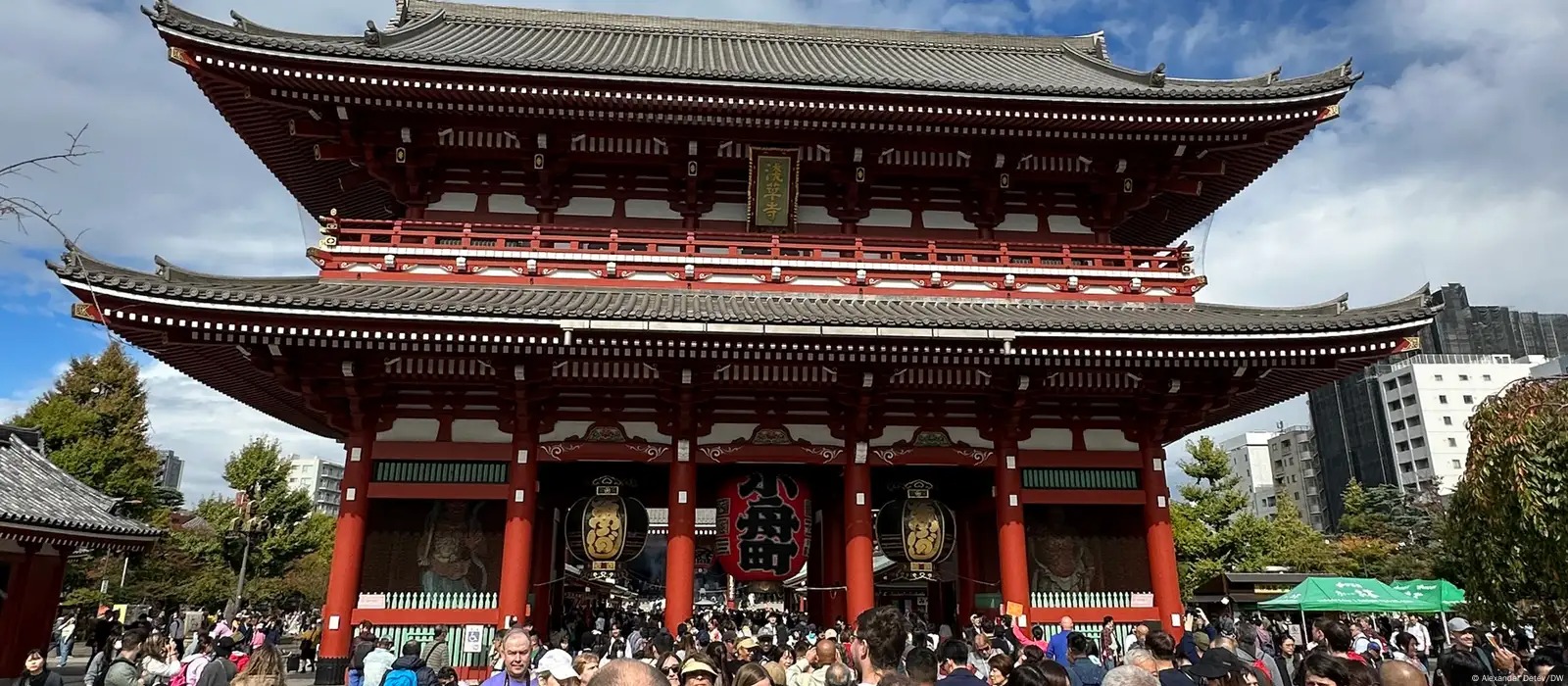Japan is one of the world’s most sought-after travel destinations, known for its breathtaking temples, historic sites, and cutting-edge cities. However, the surge in tourism has put significant pressure on popular areas, leading to environmental degradation, overcrowding, and disruptions to local life.
Overtourism in Japan has become a pressing issue, particularly in hotspots like Kyoto, Tokyo, and Mount Fuji. Fortunately, travelers can make more responsible choices to minimize their impact while still experiencing the best of what the country has to offer. Here’s how to explore the place without contributing to the problem.
Visit Lesser-Known Destinations
Instead of flocking to well-trodden locations such as Kyoto’s Fushimi Inari Shrine or Tokyo’s Shibuya Crossing, consider venturing to lesser-known yet equally fascinating spots. For example, the Tohoku region offers stunning natural beauty, rich cultural experiences, and far fewer tourists. Similarly, Shikoku and Kyushu provide historical sites, scenic landscapes, and authentic interactions with locals, all without overwhelming crowds.
Hokkaido is another fantastic alternative, featuring vast landscapes, unique cuisine, and remarkable cultural festivals. Opting for these destinations reduces pressure on overburdened cities and helps distribute tourism income more evenly across the country.
Travel During the Off-Peak Seasons
Japan’s peak travel seasons include cherry blossom season (March-April), Golden Week (late April to early May), and autumn foliage season (October-November). These times see a dramatic influx of tourists, leading to packed trains, long lines, and limited accommodations. To avoid adding to the congestion, consider visiting during less busy months, such as January, February, or September.
Winter offers magical snowy landscapes, particularly in regions like Nagano and Hokkaido, while early summer presents beautiful greenery and seasonal festivals without overwhelming crowds. Traveling off-season will enhance your experience and lessen the strain on local infrastructure.
Support Small Businesses and Local Artisans
Rather than shopping at major commercial districts or international chains, seek out local artisans, family-run restaurants, and traditional craft shops. Many rural areas specialize in unique handicrafts, such as Arita porcelain in Saga Prefecture or indigo-dyed textiles in Tokushima. Supporting these small businesses ensures that tourism revenue benefits local communities rather than just large corporations.
Similarly, staying at family-owned guesthouses (ryokan) or small inns instead of big-name hotels allows travelers to immerse themselves in Japanese culture while directly contributing to the local economy.
Respect Local Customs and Environment
Being a responsible traveler means understanding and respecting local etiquette. In Japan, small actions like keeping noise levels low in public transport, properly disposing of trash, and following photography rules at shrines can make a significant difference. Many famous spots suffer from littering and inappropriate behavior by tourists, leading to frustration among residents.
Additionally, be mindful of nature by sticking to marked paths in national parks, avoiding excessive plastic use, and minimizing waste wherever possible. The country prides itself on cleanliness, and visitors should contribute by leaving no trace.
Use Public Transportation and Walk More
Japan has one of the most efficient public transportation systems in the world. Instead of relying on taxis or rental cars, travelers should take advantage of trains, subways, and buses to get around.
Walking and cycling are also excellent ways to explore while reducing carbon footprints.
For long-distance travel, the Shinkansen (bullet train) provides a sustainable and convenient way to move between cities without the emissions of domestic flights. Some regions also offer rail passes that encourage exploration beyond major tourist areas.
Japan offers a wealth of experiences beyond its most famous landmarks. By exploring lesser-known regions, traveling during off-peak times, supporting local businesses, and respecting cultural norms, visitors can help mitigate the effects of overtourism in Japan. Thoughtful travel ensures that the country’s beauty and traditions are preserved for future generations while allowing visitors to enjoy a more authentic and meaningful experience.
READ MORE : The Deterioration of Eyes with Cataracts
